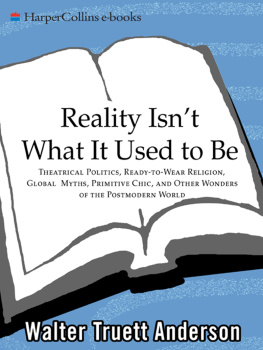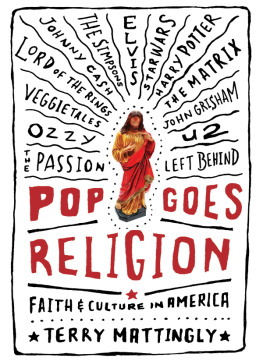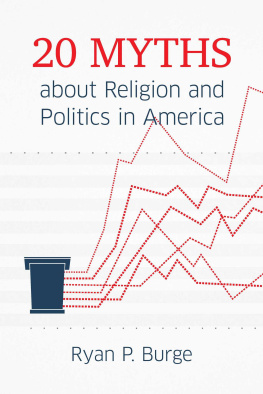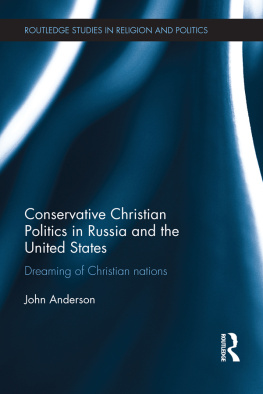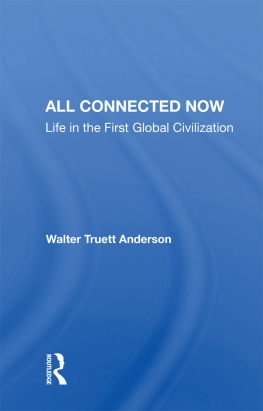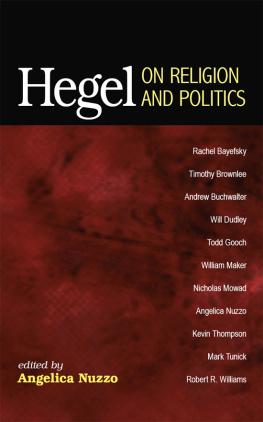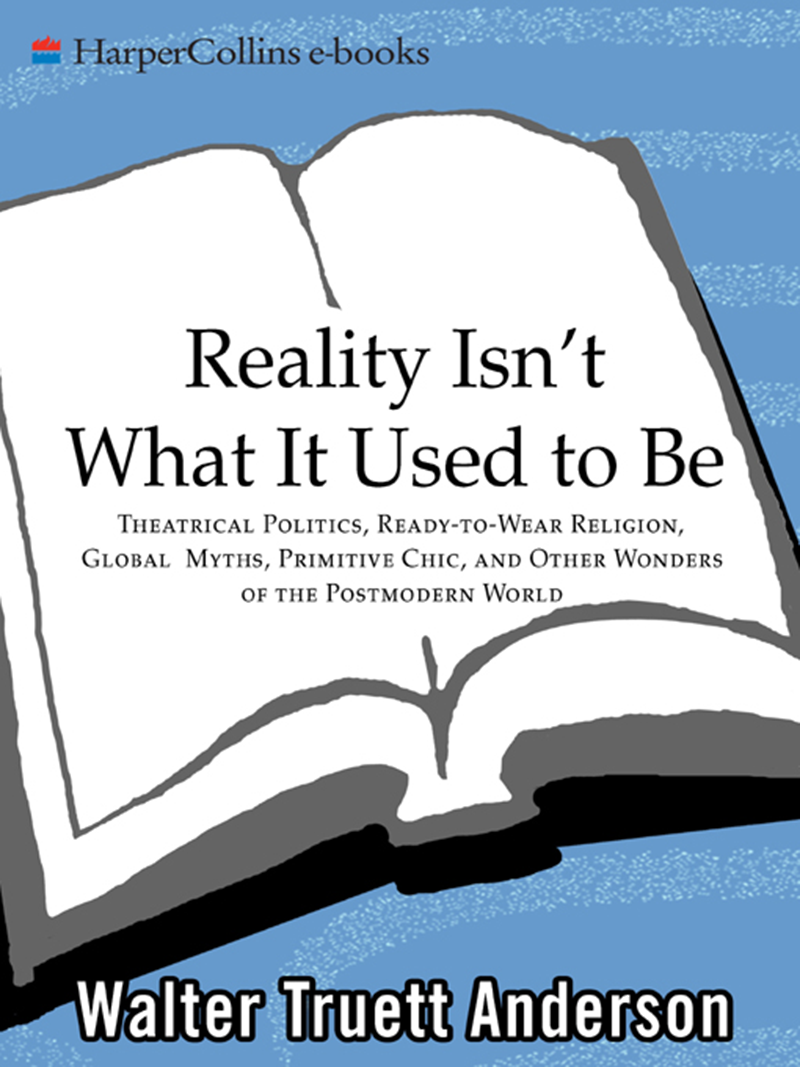I stood one day on a cliff above the Pacific, looking down at a sea otter that bobbed in the surf far below. The otter floated happily and busily on its back in the water, holding an abalone in its forepaws and cracking the abalones shell open with a rock.
The waves were coming in, and the otter was rocking about gently on the surface. The little animal was constantly being moved this way and that by the water, but seemed to pay no attention to this movement as it concentrated on its task.
And I thought, how different from mine its experience of life must be, living in a medium in such flux and so unlike the hard ground on which I stood.
But as I thought about it further, I realized that the medium in which I live is far more turbulent than anything the sea otter could ever conceive ofbecause, as a human being, I bob about in a sea of symbols, an ocean of words.
We humans find our loves and hates, our success and failures, our status and identity and orientation to the world through use of symbols. Even our most primal drives (see sex) are channeled through ideas and images, shaped in the mold of culture.
In the long time scale of evolution, we are still new to this symbolic medium. We dont yet know how to get around in it very well. We hardly even know we are in it. We repeatedly create symbolic systems of meaningreligions, political ideologies, scientific theoriesand then forget that they are our creations; we have a devilish habit of confusing them with the mysterious nonhuman reality they were meant to explain. We have constructed about ourselves (and within ourselves) an environment of symbols and cannot tell where symbol leaves off and nonhuman reality begins, cannot (as the general semanticists put it) tell the map from the territory.
For centuries, some of our greatest minds have sought to comprehend the nature of this symbolic universeto make us see, first of all, that we live in such a medium, and then to show us its limits and its possibilities. This has been going on for a long time: it is some 2,500 years since the Buddha had his moment of profound insight into the illusory nature of human experience, and began trying (with indifferent success) to tell his followers, in words, the truth about words. The Buddha was the first deconstructionist. It was only a few decades after Buddhas time that Plato wrote The Republic , with its unforgettable metaphor of the people in the cave who see nothing but the shadows thrown upon its wall by the fire.
My subject in the following chapters is the social construction of reality: how societies created and maintained realities in the past, how postmodern ideas reveal the workings of the reality-creating machinery, how contemporary operators on the political and cultural scene create new realities before our very eyes.
We will mainly follow this story as it has unfolded within Western civilization, but occasionally I will direct our attention into the mirror of the East, to see what we can learn from traditions like Buddhism, Hinduism, and Sufism that grapple in their own ways with the ancient problem of social construction of reality. Those traditions have much to tell us, but no easy answers; followers of such paths are as easily ensnared in their symbols as we are in ours.
For Westerners, the issues are more accessible in such fields as the sociology of knowledge, cognitive science, and the body of thinking-about-thinking that has come to be known simply as critical theory.
The cognitive scientists, a relatively scrutable band of explorers of the brain and mind, are struggling in new ways with the old question that occupied some of the best philosophical minds of past centuries: what is the match between human realityall our history and science and systems of beliefand the objective reality of the cosmos?
The various answers to this question divide the cognitive scientists into two main camps. On one side are the objectivists, who see the human mind as capable of more or less accurately, more or less impersonally, mirroring external nonhuman reality; on the other side, the constructivists hold that what we call the real world is an ever-changing social creation.
The constructivistswhose thinking runs close to my own, and to the main themes of this booksay we do not have a Gods eye view of nonhuman reality, never have had, never will have. They say we live in a symbolic world, a social reality that many people construct together and yet experience as the objective real world. And they also tell us the earth is not a single symbolic world, but rather a vast universe of multiple realities, because different groups of people construct different stories, and because different languages embody different ways of experiencing life. So, according to the constructivist view, people may have not only different political opinions and religious beliefs, but different ideas of such basic matters as personal identity, time, and space.
Such ideas and such divisions are surfacing in many fields. Richard Bernstein, a philosopher, writes of an uneasiness that has spread throughout intellectual and cultural life. This pervasive disturbance, he says, affects almost every discipline and every aspect of our lives. [It] is expressed by the opposition between objectivism and relativism, but there are a variety of other contrasts that indicate the same underlying anxiety: rationality versus irrationality, objectivity versus subjectivity, realism versus antirealism. Farther along in the same work he mentions another set of contrastsabsolutism and relativismand describes this variously defined controversy (it seems appropriate to me, somehow, that everybody has a different way of describing it) as the central cultural opposition of our time.1
In these contrasts and dialoguesamid this uneasinessthe difference between the worldview of the recent past and the worldview of the present and future begins to become clear.
A mere couple of centuries ago, most societies recognized a single official reality and dedicated themselves to destroying its opposition. You could get burned at the stake for suggesting that there might be more than one version of reality. Today, in some intellectual circles, you can get into trouble for suggesting there might be only one. There are, to be sure, plenty of people around who would not mind setting the torch to the constructivists and their many allies. Fundamentalists of all kinds would suppress such notions as socially dangerous, because they believe that there is no basis for social order without a fundamental agreement that some things are not just socially true but by God cosmically true, true for everybody and for all time.
Unfortunately for the cause of those who seek such an anchor for our wavering systems of value and belief, there is not, in most parts of the contemporary world, much of a consensus about what those truths areif there are anyand it is rarely possible to enforce conformity in the good old-fashioned inquisitorial way. So the constructivists and their ilkand, as we will see, it is a pretty big ilkare permitted to go more or less freely about their heretical business.

